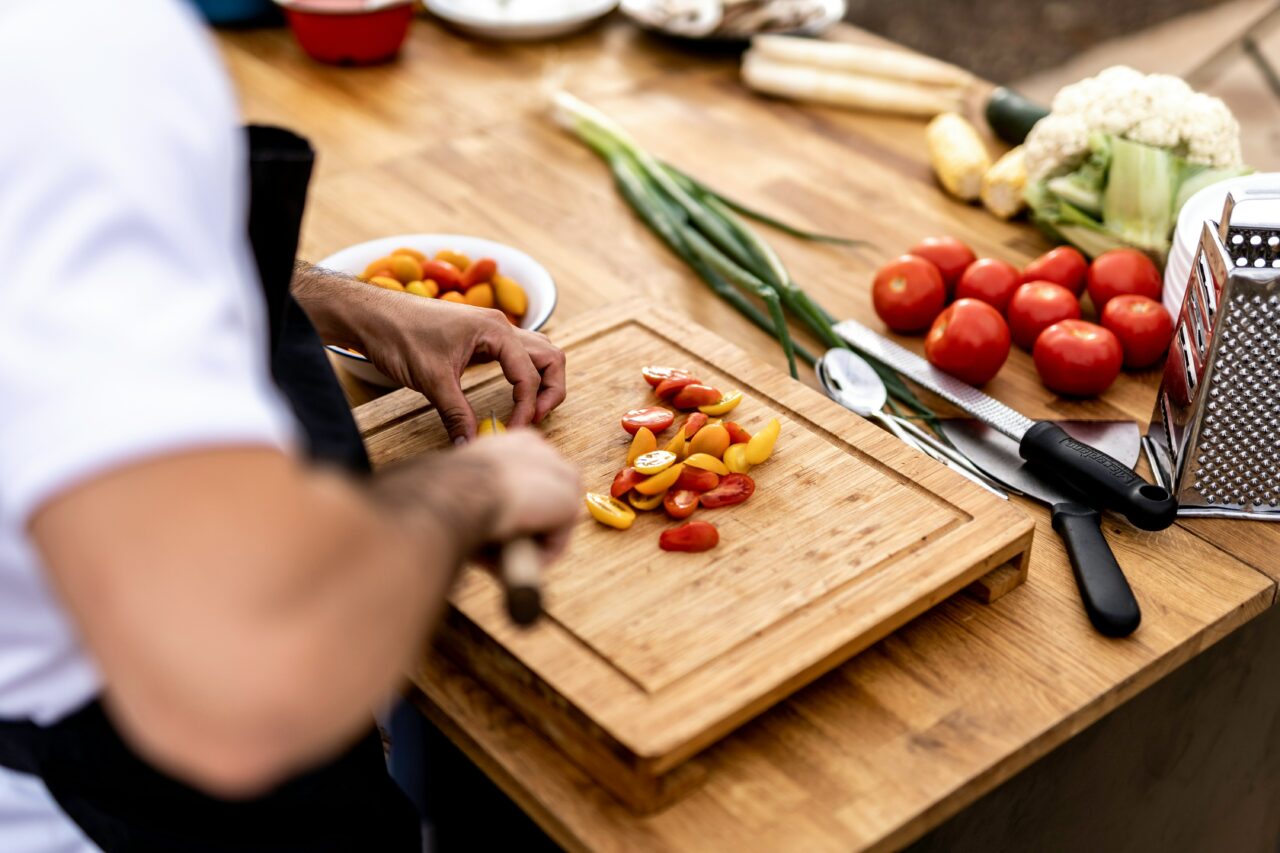How to Manage Food Allergies and Intolerances as a Private Chef
With a growing number of people dealing with food allergies, it’s crucial for private chefs to handle these situations with care. In this blog, we’re starting from square one, acknowledging the significance of taking allergies seriously and understanding the potential impact on your guests. How can you manage dietary requirements and food allergies like a pro? Here are some easy-to-follow tips to get you started:
Ask about the dietary requirements at the very onset:
When guests take the time to share their food preferences or restrictions, listen well, ask questions, and be sure you get exactly what they need. It’s your chance to show your dedication to providing a personalized and enjoyable dining experience tailored to their unique tastes and requirements. At yhangry, our chefs can engage in a chat with customers before confirming a booking, making it convenient to modify the menu as needed.
Get to Know Your Ingredients
To meet special requests, you’ve got to be a pro with your ingredients. Learn about common allergens like nuts, dairy, gluten, and shellfish. Also, understand different diets like vegetarian, vegan, and kosher. Having a good understanding of ingredients and preparation methods enables you to assist guests in making appropriate choices and provide alternative options.
Create Special Options
For guests with dietary restrictions, it’s important to offer various creative options. Have options for vegetarians, vegans, and those who need gluten-free dishes. Pull out all the stops by offering menu options crafted with their preferences in mind. Let your creativity run wild, proposing changes and additions that elevate their meal to something truly extraordinary.
Want to craft the perfect bespoke menus for your client but not sure where to begin? Read this blog to get started
Be Honest About What’s in Your Food
In order to prevent allergic reactions, it’s crucial to be transparent about the ingredients in your food. Adopt an open and honest approach, providing clear information about every component used in your culinary creations. By doing so, you not only prioritize the safety of your guests but also build trust through straightforward communication about the contents of each dish. This transparency ensures that individuals with allergies can make informed choices and enjoy a worry-free dining experience.
Clearly display allergens on the menu:
Make things simple for customers with special diets – include allergen information on the menu. This way, they can quickly check what’s in each dish and make choices that suit their needs. It’s all about providing clear details and making the dining experience easy and enjoyable for everyone.
Be careful in the kitchen:
In a small kitchen, you can still handle allergens without a problem. The main thing is to make sure that allergen-free items stay completely separate from those that may contain allergens. Keep things clean by washing your hands regularly and cleaning surfaces and equipment after every task. Use different utensils and tools for different types of food. If you can swing it, try to have separate counters and cooking gear for dishes without allergens. But if that’s not possible, be upfront with your customers about it.
Create a Safe Dining Experience
When you’re cooking dishes without allergens, be extra cautious. Don’t mix things that could cause allergies. Make sure everyone in the kitchen knows about any allergy concerns. By serving food that’s both safe and delicious, you’ll leave your customers happy!
